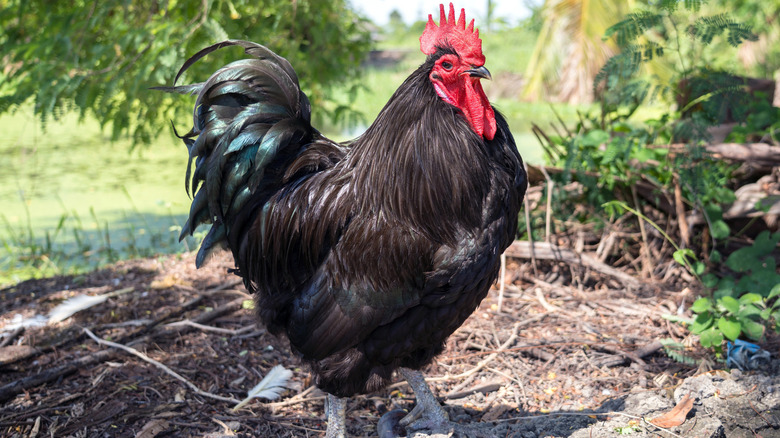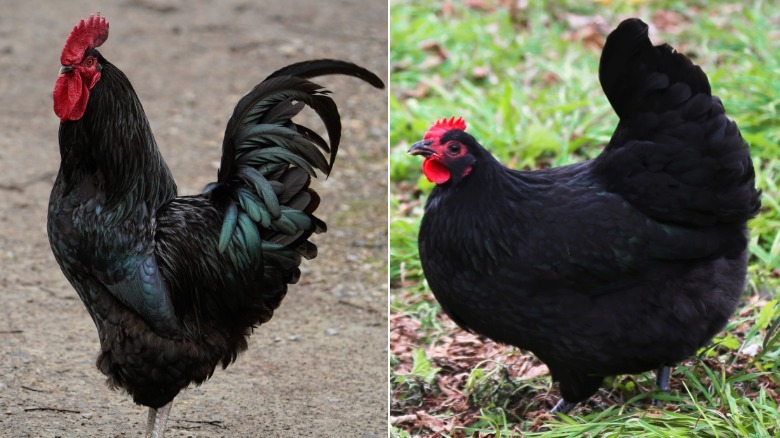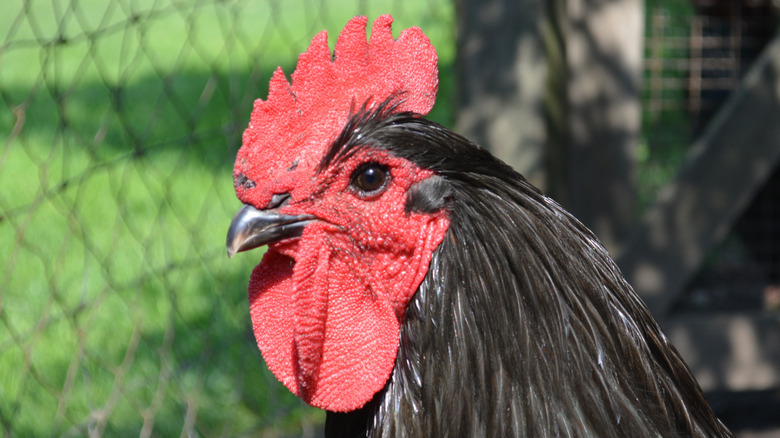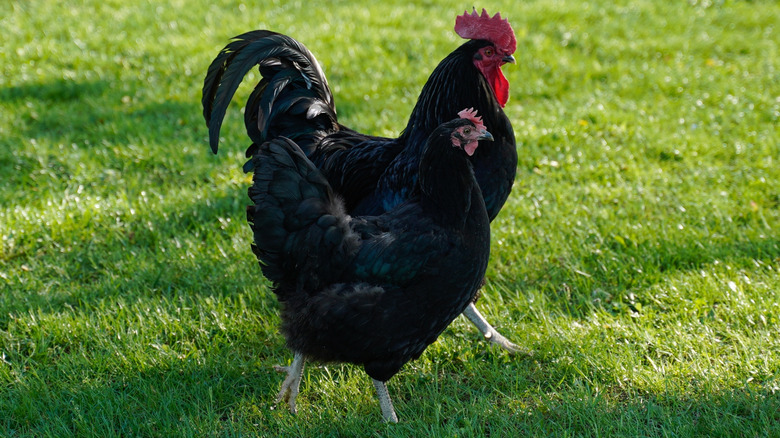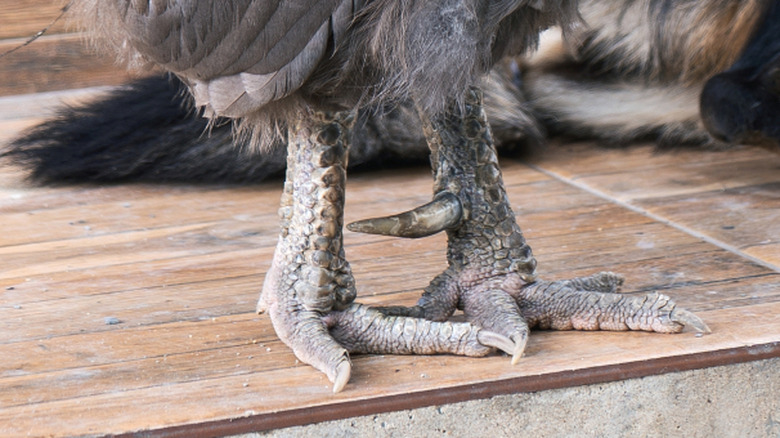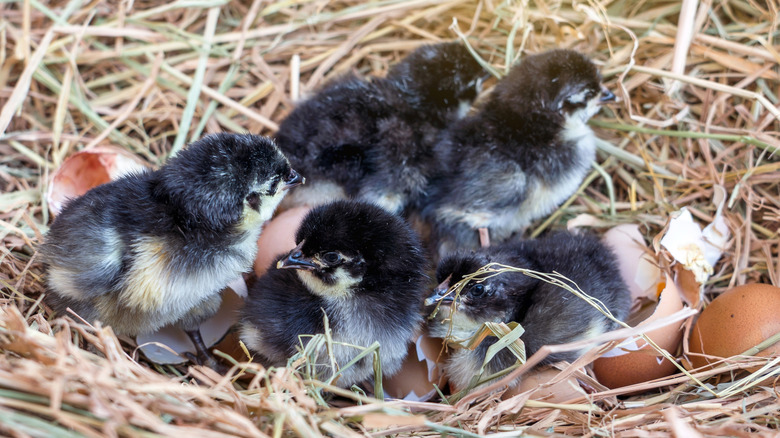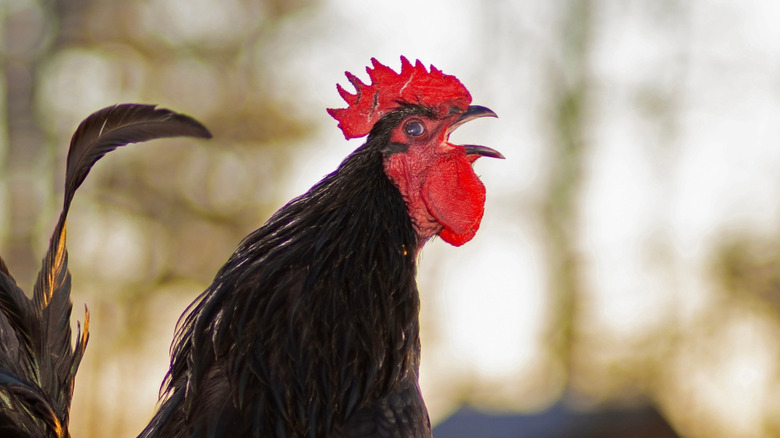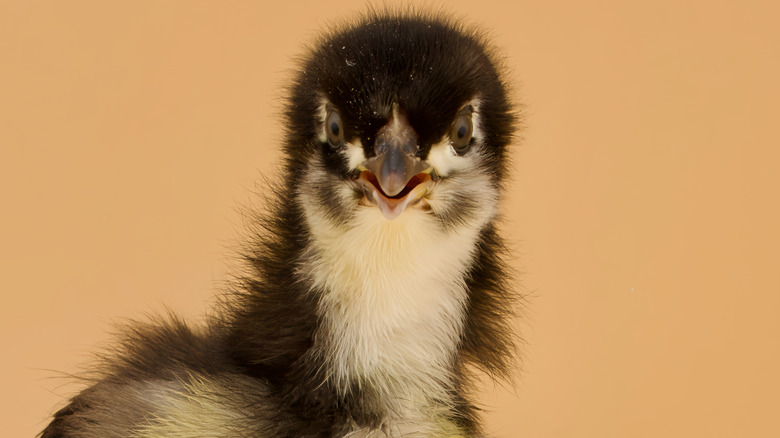How To Determine Which Is A Black Australorp Rooster And Which Is A Black Australorp Hen?
Black Australorps are heavy dual-purpose chickens descended from black Orpington chickens, which were imported to Australia. Australorp male and females can be distinguished by their body and feather shapes, and by their comb sizes. Some crosses were made with the Australian Langshan chickens. The breed was originally called the utility black Orpington to distinguish it from birds being produced for show. The Australorp name came into use and was officially adopted in Australia in 1930.
Look at body shape
Both the male and the female Australorp are heavy-bodied birds, representative of their Orpington heritage and typical of dual-purpose breeds. Both sexes have U-shape toplines; however, roosters have more erect carriage, holding their heads higher than the highest point of their tails. Hens have deeper abdomens and more pliable pelvic bones to accommodate egg-laying. The difference in stance — and to a lesser extent the leg shanks — can be seen in chicks before secondary characteristics develop.
A wattle or a comb?
Every Australorp chicken has a single red comb. Roosters (pictured) have taller combs than hens, and males' may be a more vibrant color. In addition, roosters' wattles, the hanging fleshy growths on either side of their beaks, are also larger and more vibrant than those on hens.
The shape of a feather
Black Australorps, both hens and roosters, have black feathers, all with a green iridescent sheen. Roosters have distinctive long, narrow feathers with pointed tips over their necks and shoulders as well as over the top of their rumps. These hackle and saddle feathers gradually come in as the roosters mature. By contrast, hens will have only the close-lying feathers that both sexes possess. These feathers have rounded tips and are wider than hackle and saddle feathers. Finally, hens' tails lack the long, curved sickle feathers that rooster tails have.
Shank a leg
The Australorp breed standard calls for both genders to have strong, medium-length legs, black or slate in color, with four "straight and well-spread" toes. Mature roosters have a claw midway up each leg, called a spur (pictured above). Some rooster owners have this spur removed to prevent other birds — or themselves — from being injured.
Professional view
Roosters and hens have internal sex differences that expert handlers can identify in chicks through a process called vent sexing — they gently squeeze a chick, opening its vent to view the sex organs inside. An untrained individual should never undertake vent sexing, as improper technique can kill a chick.
Crowing or clucking?
As with other chickens, Australorp roosters will frequently crow. By contrast, hens only make clucking sounds. Some male chicks may be more vocal than female chicks, but this method of sexing chicks is not an accurate one. A 3-month-old Australorp pullet is considered a "teenager" by experts standards, and chickens of this age generally aren't calling — this happens in males, mainly, after they've reached maturity.
Fun chicken facts
Black Orpington chickens started being bred by William Cook and Joseph Partington in their poultry yards. The birds were imported to Australia some time between 1890 and 1900. Over in England, the black Orpingtons were being bred for their meat. Australians, however, liked the fact that these birds lay more eggs than the average chicken. One thing led to another, and the Australorp and the Orpington chickens became distinct from one another, with the Australorp hens breaking egg-laying records down under. One remarkable hen laid 364 eggs in one year, handily winning the egg-laying contest and setting a world record!
References
